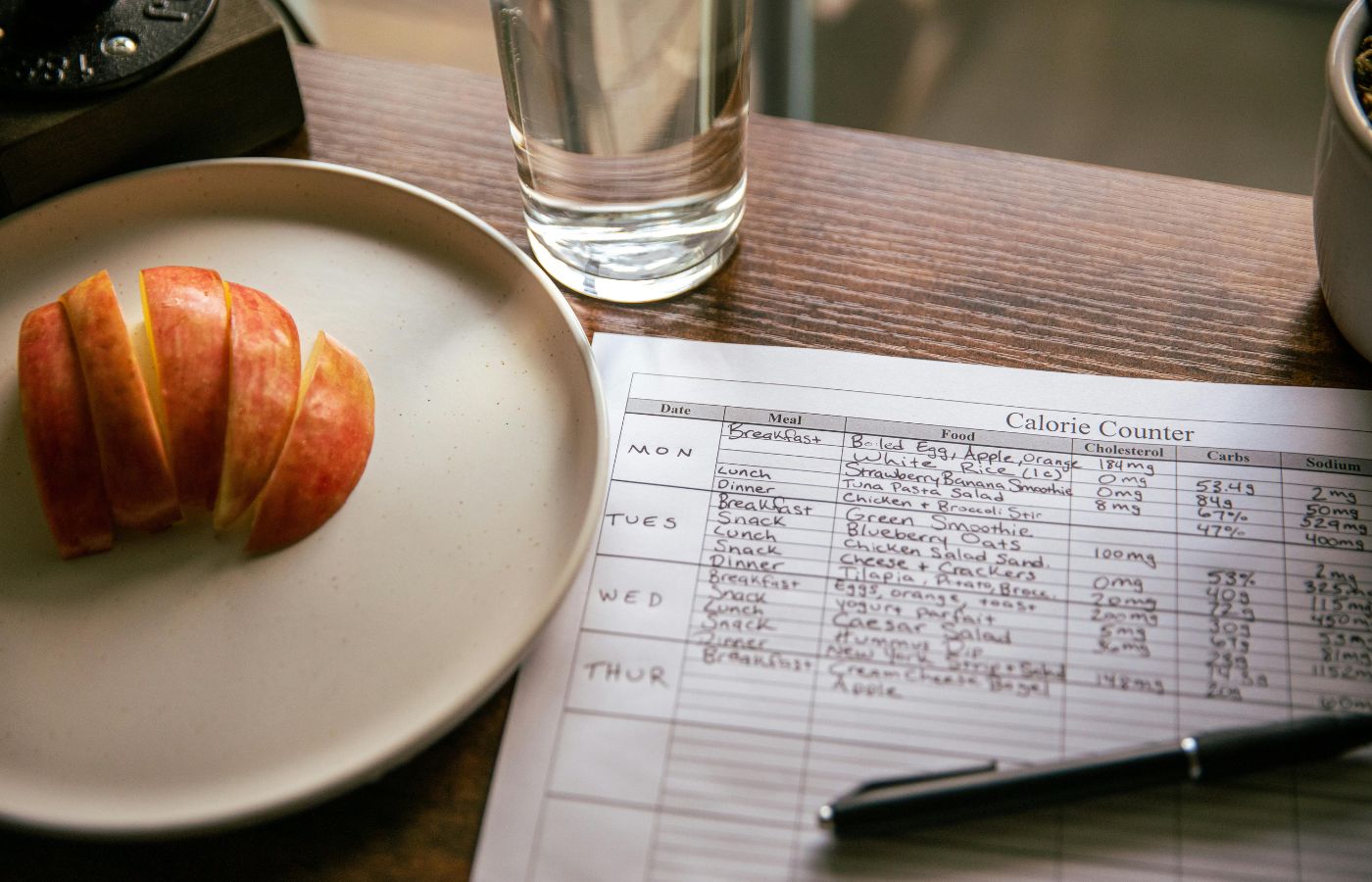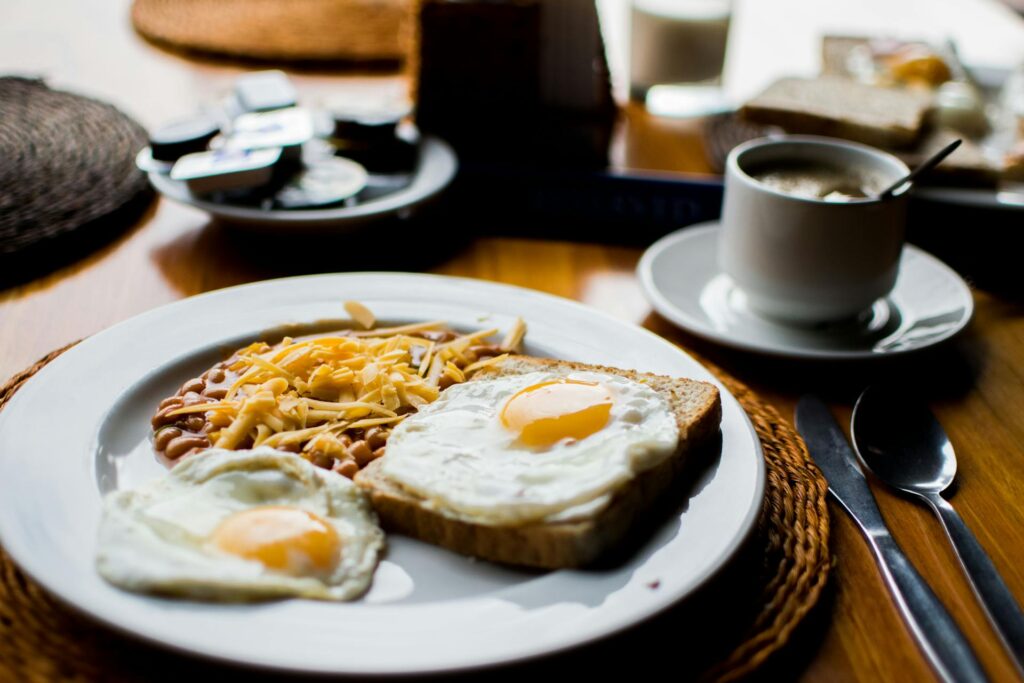You don’t need a cookbook to eat well. In fact, some of the most nourishing meals are made without one. Intuitive meal planning isn’t about perfection—it’s about confidence, flexibility, and making food choices that support your health and your schedule.
Learning to cook without a recipe doesn’t mean you have to wing everything. It means understanding a few core principles, so you can make simple, satisfying meals with what you already have. Here’s how to do it.
Think in Building Blocks, Not Recipes
Instead of starting with a specific dish in mind, think of meals as a combination of basic parts:
- A base (grains, greens, or bread)
- A protein (beans, tofu, eggs, chicken, fish, or lentils)
- Vegetables (raw, roasted, steamed, or sautéed)
- A flavor boost (sauce, spices, herbs, or fermented foods)
- A healthy fat (olive oil, nuts, seeds, avocado)
This approach makes it easy to mix and match based on what’s in your fridge. It also takes the pressure off having the “right” ingredients.
Use the “One-Pan Rule” for Simplicity
One pan, one pot, or one bowl—keeping prep and cleanup simple makes intuitive cooking easier to stick with. Stir-fries, sheet pan dinners, soups, and grain bowls all follow this rule.
Start by cooking the items that take the longest (like grains or root vegetables), then add in quick-cooking ingredients like greens or proteins near the end.
Let Your Cravings Guide You (With a Bit of Logic)
Craving something crunchy? Try roasted chickpeas or cabbage slaw.
Want something comforting? Think warm grains, sautéed veggies, and a creamy dressing.
Need a pick-me-up? Go for citrus, fresh herbs, or something with a little spice.
Your body often knows what it needs. You just have to listen—and balance that desire with nutrition. A craving for salty crunch might mean you need minerals or fat. A sweet craving could be a need for quick energy or a lack of sleep.
Keep a Small Flavor Toolkit on Hand
You don’t need a huge spice rack or fancy ingredients. A few go-to items can transform almost any meal:
- Olive oil and vinegar
- Garlic, lemon, or fresh herbs
- Soy sauce, tahini, or mustard
- Nutritional yeast, chili flakes, or curry powder
Choose 3 to 5 items you love and build meals around them. This helps develop your personal cooking style.
Practice the “Loose Plan” Method
Instead of writing out every meal for the week, try planning 2 or 3 flexible ideas. For example:
- Roasted veggie grain bowls
- A stir-fry with tofu and whatever greens you have
- Eggs or beans with toast and a salad
From there, rotate ingredients based on what’s in season or what you need to use up. You’ll avoid food waste and make grocery shopping easier.
Trust Taste Over Perfection
Learning to cook without a recipe means tasting as you go. Adjust seasoning, texture, and balance based on your preferences.
Too salty? Add acid like lemon or vinegar.
Too bland? Add salt, heat, or a little fat.
Too dry? Add broth, sauce, or a splash of water.
There are no rules—only feedback from your taste buds. Trust them.
Intuitive meal planning is less about rules and more about rhythm. It’s a skill you build over time, by practicing with what you have and learning what satisfies your body.
You don’t need a perfect plan or a new recipe every night. You just need a handful of ingredients, a little creativity, and the willingness to experiment. The more you cook, the easier it gets. And you’ll feel more freedom in your kitchen.
Looking to improve your health through your diet? Check out our guide The Longevity Kitchen: Foods That May Help You Live Longer (and Feel Younger).



